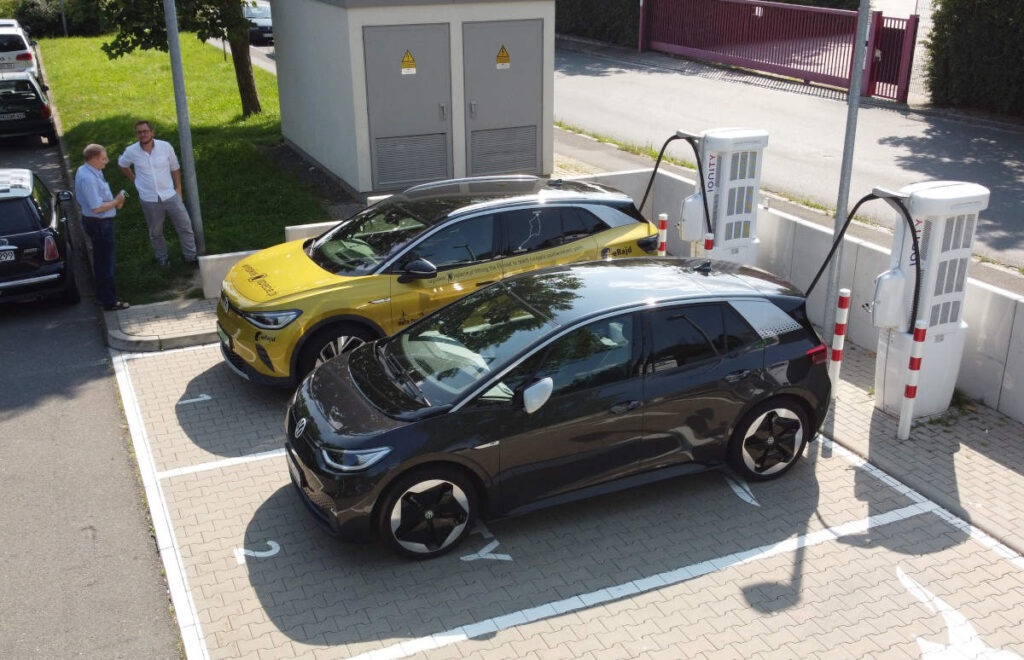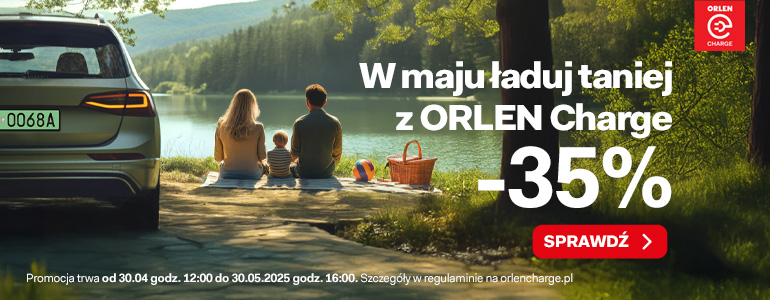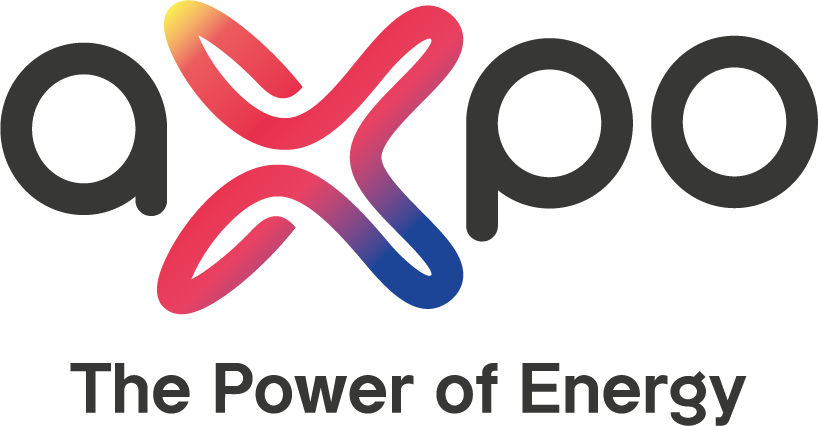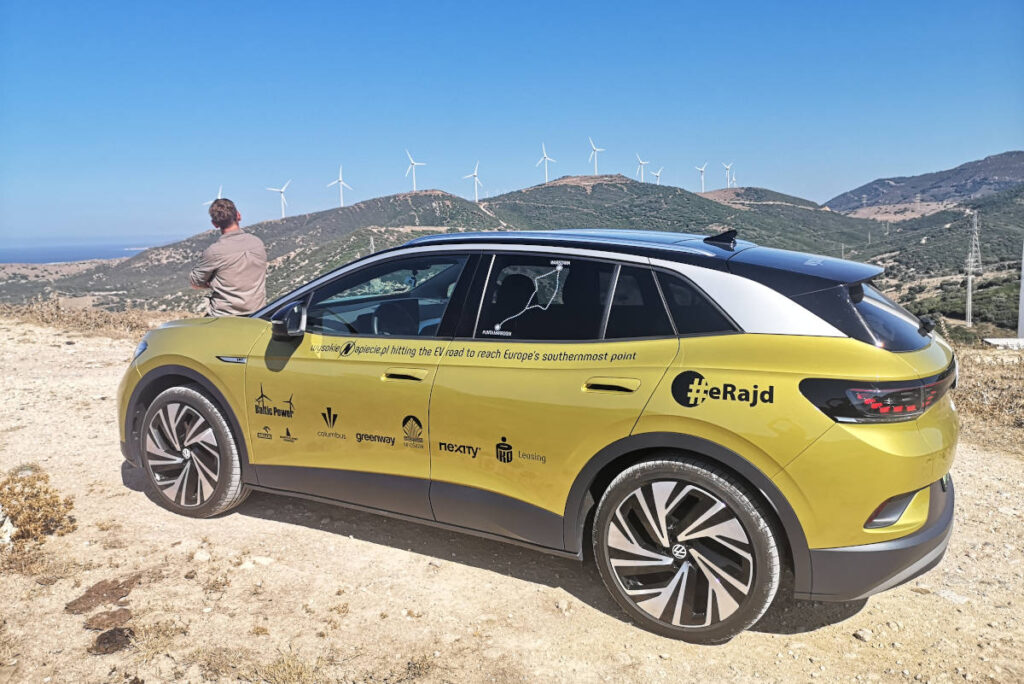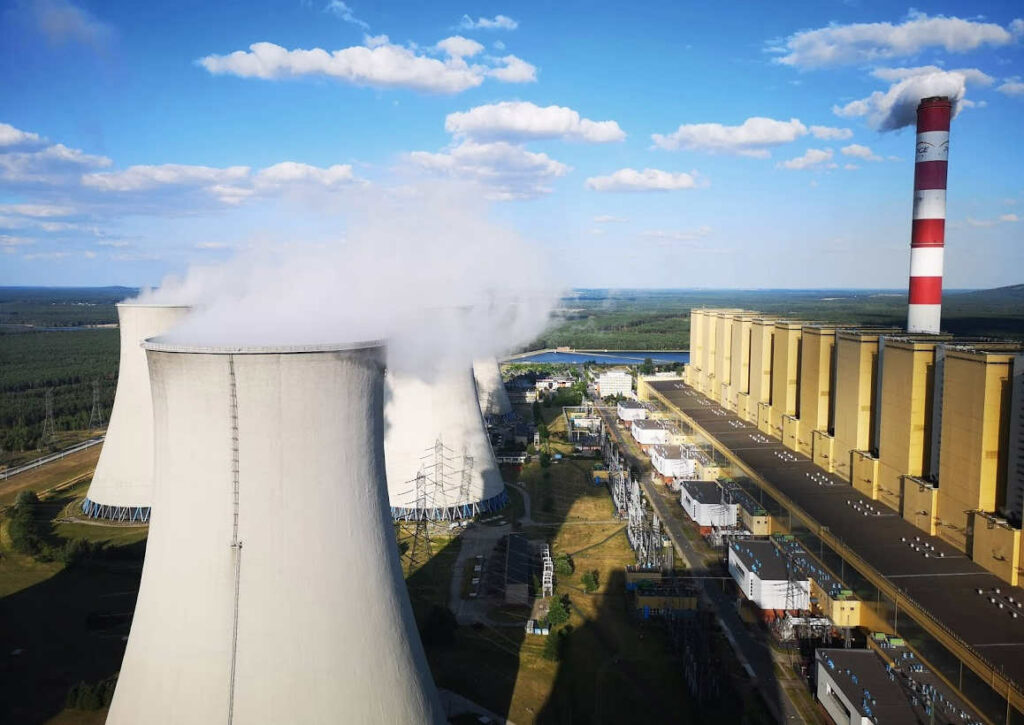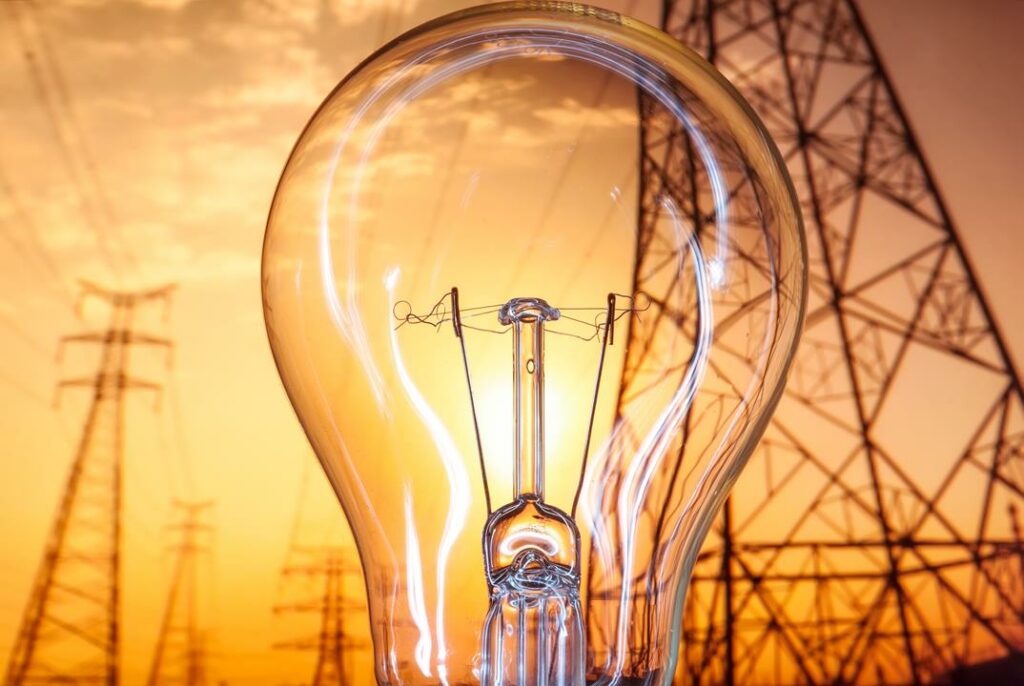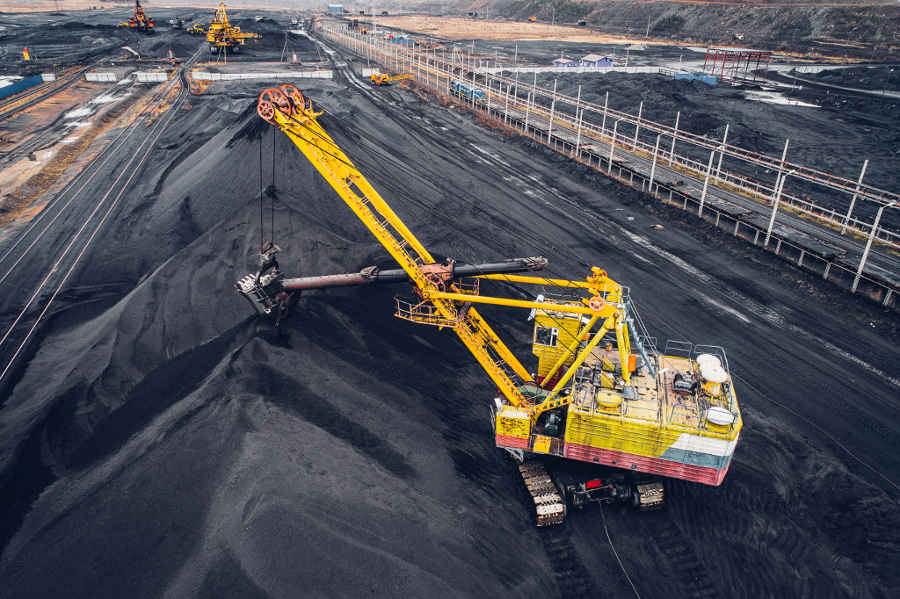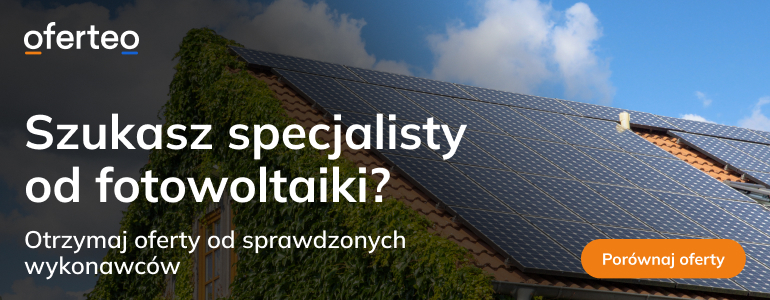Spis treści
The secret to long EV journeys is knowing where chargers are, and additionally, in united Europe, being prepared to use a number of apps, cards and you-name-it tools to be able to use them. The first part is quite easy — with PlugShare, you can generally locate your charging points, choose the right hotel or restaurant, and enjoy peace of mind (most of the time … as we will show later on).
The team booked a nice hotel with a parking spot including a charger and loaded the whole 60 kWh overnight. The best part is the charge for the charge — $3.50(!). That meant they went the next 250 km almost for free, paying just $1.40 per 100 km. Sounds decent, doesn’t it?
So, France welcomed the team with low charging cost and multiple fast chargers along the way, most of which we didn’t see last year. It also welcomed the drivers with … awful traffic jams. What a rude awakening to the idea of clean transport, electric vehicles, energy from the sun, and all that makes us feel so eco-friendly. At the end of the day, we’re still driving a car, and cars cluster cities, roads, and motorways. Before you buy your next EV, please think twice to decide whether you actually need a car at all. I heard from the team they might consider a train rally across Europe next year. That would be electric mobility as well, and I would be more than happy to report on it.
More Talks at Charging Stations
Having lost more than 4 hours in heavy traffic, our team was still lucky to enjoy superfast charging where and when they needed it. That’s not always the case, as they learnt from the Leenaards family from Belgium, who arrived at the same station a few minutes later to happily connect to the last available point only to find out it didn’t work. The family of four had to wait a bit for an available charger, and as our Polish friends soon found out, that wasn’t the first time on that day. When they set off in the morning from Belgium in their Audi e-tron, they spent two hours waiting for the only Ionity station to be repaired in the north of France. They had owned the car for two years and generally love it. Long journeys are still a challenge, though, and they struggled with the frustration a bit. On top of that, Belgium had just adopted a law that obliges companies offering company cars to employees to offer only electric vehicles after 2025. That will add a fleet of about 1 million EVs onto the market. While most cars will be charged overnight at home or from PV installations at work, on Fridays, Saturdays, and Sundays, all these folks will hit the road and expect superfast chargers along the way. Buckle up, charging operators, you’re in for a serious challenge.
The same conclusions came from a Porsche Taycan owner from Switzerland that our guys met at the next station. He also experienced a number of failures at charging stations. While these failures didn’t generally mean a long wait, he reported, like in the case of the Leenaards family, they were enough to infuriate his wife, and that is what we all try to avoid, right? And here comes the cherry on top of this bitter-sweet cake — the man shared with our boys that when he was considering whether to buy a Porsche Taycan, he read our coverage last year about this same Polish team taking the Porsche Taycan from Poland to Cabo da Roca in Portugal — that helped him make the decision. What a story! On one hand, the Poles were thrilled to learn about it. On the other, they felt quite uncomfortable near the Swiss wife since they indirectly contributed to her misery. Well, at least we know we never paint too rosy a picture of EVs and we honestly show all the ups and downs, knowing an electric journey can quickly turn into an unwanted adventure, as it was about to turn for us.
“Do you … ?”
“Yes, yes, come, come.”
On day two, the team did 1117 km (695 miles) with the average speed of 89 km/h and energy consumption of 20.6 kWh/100 km. They arrived at the Spanish Tarragona well after midnight with their battery at 9%. They are experienced EV users, be advised, so on booking.com, they had booked a hotel with a charging station. Since they are really super experienced EV users, they also called the hotel well in advance to confirm the details —
“Just calling to check you actually have the charger.”
“Yes, sir, yes.”
“Does it work?”
“Yes, sir, yes.”
“Is it unoccupied?”
“Yes, sir, yes, it’s free.”
“Can we book it, then, for our arrival?”
“Yes, sir, yes.”
I wish I could see the boys’ faces when they were taken to a spot by the receptionist and saw an extension cable thinner than earphone cables without any grounding at all. Even if VW approved of these Spanish safety standards, the team wouldn’t have risked it. They made one final attempt with booking.com and found another hotel with a charger that … didn’t exist.
So much for the plan to set off in the morning fully charged. Tarragon had a few charging stations connected under one app with the city’s paid parking system. Roaming? Forget about it. We all know the experience — download another app, learn Spanish along the way, enter all your details, launch the app, find out the station you want to use doesn’t work; find another charging station, launch the app, smile when it works. How many times have you been there? The team was lucky, at least, as the second charging station was right next to the beach, so they could enjoy breakfast with a magnificent view and a nice stroll to the ruins of a Roman amphitheater later on.
Tarragon rehabilitated its image more successfully than Volkswagen and Iberdrola, the Spanish energy giant and charging operator. The German manufacturer promises that its We Charge card works with Iberdrola chargers, yet Iberdrola chargers say they don’t take any RFID cards. Back to square one — the team needed to use the Iberdrola app, the one they had to hack last year by providing a fake Spanish tax number that is for some unknown reason required in the process. Looks like the energy giants of Europe still have some lessons to learn.
There was a reward ahead, though, and that was crossing the Sierra Nevada Mountains. Doing it in an EV is so much more pleasant — quietly up (no engine revving), quietly down and charging up a little on the way without wearing down the brake pads. These are the benefits unattainable to fossil fuel vehicle drivers.
The boys climbed 6242 m up and down and drove 944 km (586 miles). It took 16 hours — way more than expected, and the hotel managers in Tarragona were thanked for that accordingly. Even with all the climbing, the average consumption was still 20.1 kWh/100 km. The Poles are now officially on the southernmost tip of Europe. Well, almost at the time that I am writing this, as they are scheduled to get there in the morning thanks to their prearranged appointment with local Polish officials who will make the last yards possible.
Was it difficult? Surely easier than driving a Nissan Leaf to Nordkapp and a Porsche Taycan to Portugal. First of all, the ID.4 holds a much larger battery than the Nissan Leaf and can charge faster. Secondly, despite being a family-size vehicle, it consumes less energy than the Taycan (the team’s total average was 21.1 kWh/100 km).
Thirdly, and most importantly, the charging infrastructure has grown. There are more fast and superfast charging stations, more hubs with multiple charging points, cards and apps work more efficiently, and roaming options are wider. By using GreenWay roaming plans, the Volkswagen We Charge card, and cheap hotel charging, they managed to do 4000 km at the cost of $7.80/100 km. Considering petrol prices in Europe and fuel consumption of a comparable fossil fuel car, they spent significantly less money than it would have spent. Of course, there were hiccups — angry wives (mostly from Switzerland), incompetent hotel managers, apps in local languages, and failing stations. On the other hand, they only used 2–3 apps/cards and last year they needed 8 in total. We’re making progress here in Europe, and maybe they will only need one next year (especially if they decide to use the train in the end).
This is not the end, though. We’ve only just started. From now on, there is no rush to make it to a meeting and the duo has many countries to see (including Slovenia, Hungary, and Croatia or Slovakia), as well as many vehicles to test, including some interesting bicycles. Stay tuned, folks — the Yellow Submarine from Volkswagen promises to bring many more stories.

